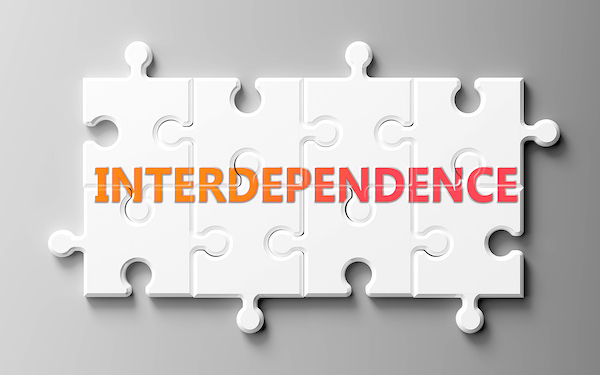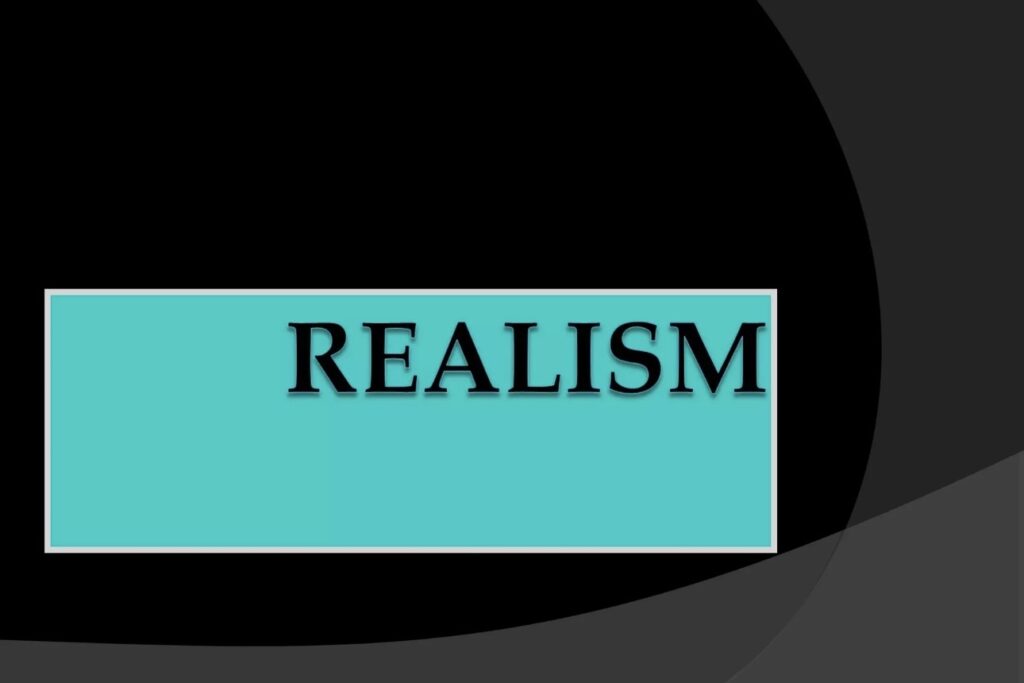How Interdependence Redefines Influence in Today’s World
Power is changing its form. The traditional image of a nation standing tall behind its borders, projecting strength through armies and diplomacy, now faces a quieter, more widespread type: power without borders. The kind that moves through fibre-optic cables, trade routes, data centres, and remittance channels. The type of power that isn’t held solely by states, but also by networks, corporations, and even individuals. As someone who has spent a few decades navigating the intersection of business, policy, and development, I’ve seen this shift firsthand. The Ghana I work in today is not the Ghana of my childhood. Our future now depends not only on political decisions made in Accra but also on boardroom discussions in London, commodity prices determined in Chicago, and algorithms operating in California. The network of interdependence that once linked only diplomats now connects everyone, including traders, tech start-ups, farmers, regulators, and even influencers. This reality is at the heart of what modern political thinkers call transnationalism, the concept that power and influence now flow across national borders through multiple channels, influencing outcomes faster than most governments can react. From Power Over to Power Through Classical realism, as we’ve explored before, treated power as a contest, a rivalry among sovereigns in an anarchic world. But in this era of interdependence, power has evolved from power ‘over’ to power ‘through’. Today, influence relies less on domination and more on participation. The countries, institutions, and companies that succeed are those that can integrate into broader systems without being consumed by them. In business, we refer to this as leverage. In diplomacy, it’s soft power. In life, it’s interdependence. Consider Ghana’s digital economy. A local fintech app might process transactions for small shops in Kumasi, but its servers are hosted in Europe, its data analytics outsourced to India, and its regulatory frameworks guided by global anti-money-laundering standards. The company’s success is woven through a web of foreign and domestic actors, each indispensable, and none in complete control. In that sense, sovereignty now feels more like stewardship than ownership. You don’t possess power; you maintain it through collaboration. The Networked World of Modern Power If realism was about states and armies, transnationalism is about networks and flows. Trade, technology, finance, and migration have become the new instruments of influence. The most powerful entities today, such as Amazon, Google, Visa, Huawei, or even the African Continental Free Trade Area (AfCFTA) Secretariat, wield power not by ruling territories but by managing connectivity. In Ghana, this has been clearly evident in both agriculture and finance. When cocoa prices fall, it’s not merely a matter of local production. It’s a ripple in a transnational value chain involving buyers in Amsterdam, factories in Zurich, and logistics routes through Abidjan. When MTN or Vodafone changes mobile-money fees, the decision affects millions of livelihoods and even the informal credit ecosystem. These are examples of economic governance without government, where rules are set not in parliaments but in corporate boardrooms and international regulatory bodies. And this isn’t necessarily bad. Power spread across networks can foster resilience, provided the links are based on fairness and mutual strength. However, it also means nations can no longer pretend that isolation equals control. The Private Sector as the New Diplomatic Actor In this new order, entrepreneurs, banks, and investors have become de facto diplomats. Every cross-border transaction is a micro-act of foreign policy. Every logistics contract, export agreement, or ESG-linked bond shapes how Ghana interacts with the world. At Maxwell Investments Group, we frequently negotiate with partners whose decisions are influenced as much by international climate finance policies as by local economic priorities. A farmer in Tamale growing soybeans today may find her profitability affected by EU carbon standards or American trade subsidies, frameworks she’ll never read but must live under. That’s transnationalism at work: invisible rules, real consequences. That’s also why business leaders must now think like diplomats. We are no longer just market players. We are interpreters of global systems for local realities. Understanding the politics of power, like who sets the rules, who benefits, and who bears the cost, is as essential as understanding balance sheets. Interdependence Is Power So here lies the paradox. Dependence, when structured well, can become a source of power. A nation deeply integrated into trade networks, global supply chains, and knowledge systems can be more influential than one that stands alone. Ghana’s membership in the AfCFTA, its partnerships within ECOWAS, and its growing involvement in green finance initiatives show that interdependence, when managed wisely, enhances capacity. The aim is a healthy balance of economic independence and the ability to engage without subservience. Africa must take this lesson seriously. True independence today means having the power to negotiate your dependencies. To remain relevant, you must be needed; to earn respect, you must be dependable. The nations that will flourish in the next decade are those that learn to turn interdependence into their advantage. The Fragility of Connection But interdependence also comes with vulnerability. When systems are closely connected, shocks spread faster. A cyber-attack in Singapore could disrupt Ghanaian banks. A drought in Argentina might increase bread prices in Accra. A trade policy in Brussels could alter Africa’s industrial future. The COVID-19 pandemic revealed this clearly. Borders shut, supply chains halted, and suddenly the invisible channels of global interdependence became visible and fragile. For businesses, this requires strategic humility. No firm, regardless of size, can fully insulate itself. At MIG, we have learned to view diversification not as a luxury but as a vital survival strategy across products, partners, and even regions. In an interconnected world, resilience is the new power. When Non-State Actors Lead One of the most profound shifts in modern power is the rise of actors that are not states at all. Technology companies, advocacy networks, diaspora communities, and global NGOs now hold influence comparable to medium-sized countries. In Ghana, look at how diaspora remittances surpass foreign aid, influencing entire neighbourhood economies. Or how digital influencers can amplify or damage brand reputations
How Interdependence Redefines Influence in Today’s World Read More »




